Ethnographic Collection
At the beginning of the 20th century, primarily those artefacts were included in the ethnographic collection of the museum which – since back then it was a city museum exclusively – represented the material culture of the citizens and craftsmen of Debrecen. Lajos Zoltai diligently collected groups of handicrafts (products and tools of craftsmen), and furthermore, the collection that is comprised of the Nádudvar ceramics also suggests a systematic accumulation. As the result of István Ecsedi’s work, the collection was expanded with the material world of the Hortobágy shepherds, as well as the gears for fishing and capturing wild animals. Until the end of the 1930s, more than 90 percent of ethnographic objects came from the administrative area of the city of Debrecen and its immediate surroundings, and the remaining part clearly indicates the direction of the city's economic and cultural relations, which mainly point towards the broader region of the Great Plains and Transylvania.
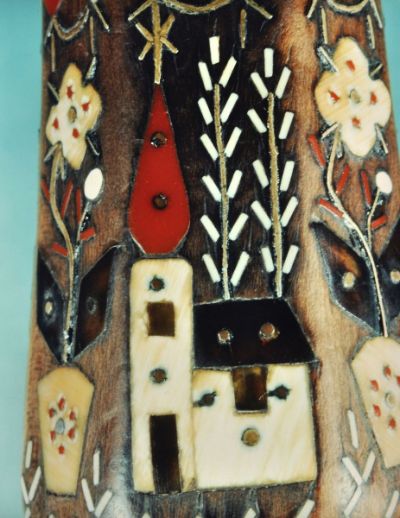
When György Déri donated his personal folklore collection to the city of Debrecen in 1938, it meant a fundamental and long term change in the life of the ethnographic collection. As a result, the thematic proportion of the individual subject groups within the collection changed, as the number of folk art objects increased significantly and its geographical boundaries were also widened. For the exhibition of the Gyrgy Déri collection, Gábor Lükó conducted supplementary gatherings in the beginning of the 1940s in Zakarpattia Oblast and Transylvania, including Mădăraș, Dămăcușeni, and Nyzhnya Apsha. The expansion rate dropped during the war and the following years. András Béres conducted the systematic gatherings in the 1950s, and he enriched the collection with a great number of well documented and valuable pieces of folk art. Amongst other things, his collection representing the then “contemporary” state of pottery in Nádudvar is remarkable.
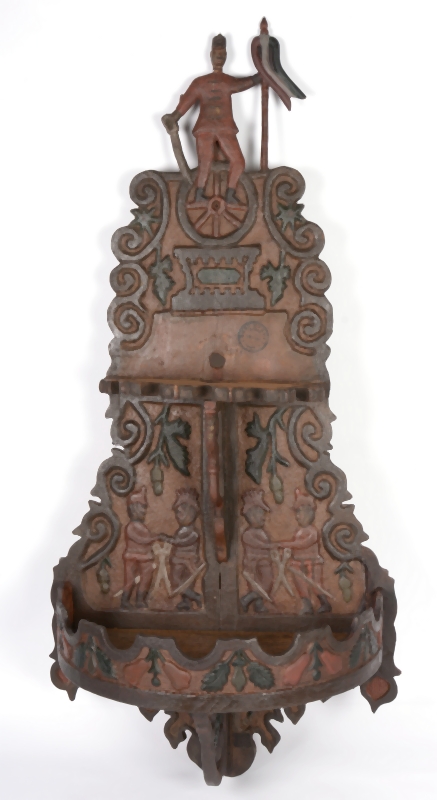
The 1960s and 1970s can be regarded as a period of extensive artefact collection. As a result of the activity of Gyula Varga, larger bands of objects, agricultural instruments, a wide range of peasant household items, and complete sets of workshop equipment were introduced to the collection. The museum acquired the entire apparatus of master gingerbread maker Sándor Kerékgyártó’s workshop and store (1000 artefacts) in this period. In just under twenty years, the number of objects kept in the collection has doubled.
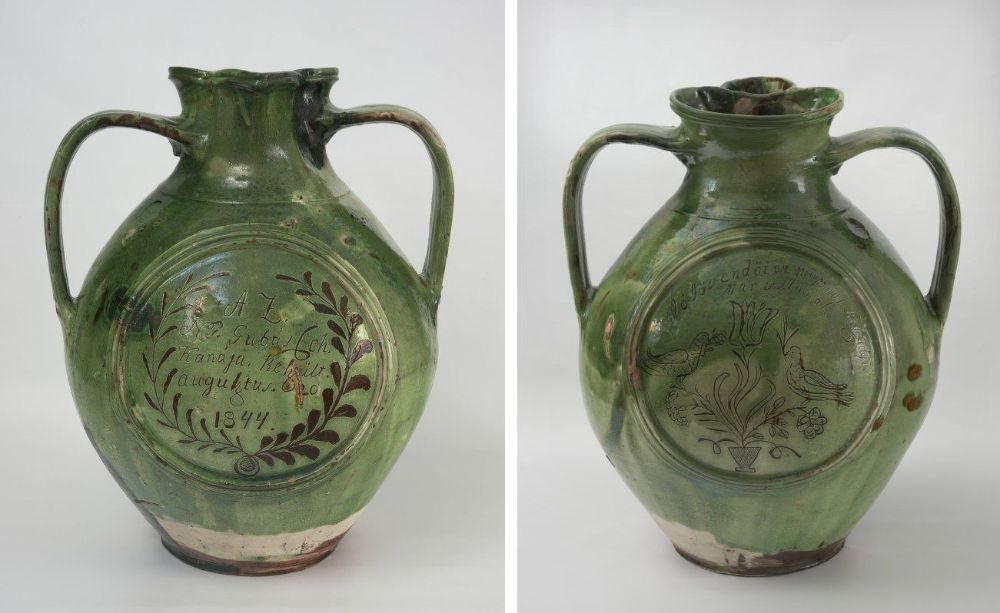
While numerical growth slowed down in the 1980s and 1990s, a number of mainly folk art-related items from across the border were recorded in the collection. The collection acquired sets of clothing in the largest numbers.
The largest number of items acquired by the collection at the time were complete sets of clothing from areas that preserved the traditional costumes, such as women’s clothes from Decs and Hosszúhetény in Transdanubia, as well as clothes from abroad, from Țara Călatei, Sic, and the Zobor region. The collection of traditional, but rather middle-class sets of costumes of the German nationality from the town of Mözs in Tolna county can be regarded as a curiosity.
From the beginning of the 2000s, it was possible through grant assistance to purchase painted furniture from Transylvania, and furniture of upper-middle peasants from Kaba, located in the Plains. Again, thanks to grant assistance, we were able to purchase in multiple steps the private collection of dr. István Bódi, which consists of nearly 2000 items of folkloric value, mainly folk pottery. Concurrently with this, the private collection of dr. József Sipos, which is of similar size and nature, and owned by the city of Debrecen, was deposited in the ethnographic collection. Both private collections contain objects collected primarily in Transylvania.
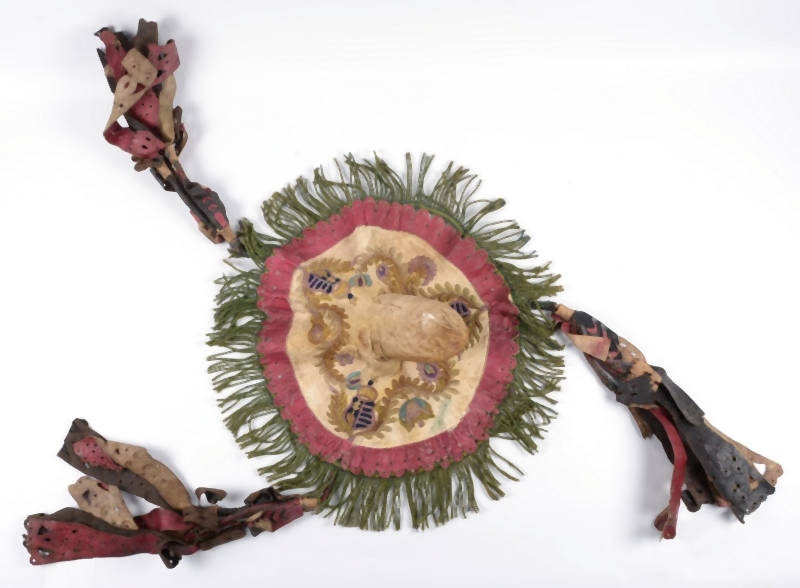
The change in the concept of collecting objects is indicated by the fact that nowadays, in addition to authentic ethnographic objects, collections of contemporary items are also being added to the collection, such as everyday garments of shepherds from the Hortobágy, acquired within the frameworks of the MaDok programme, or the textile collection which contains the tapestries made in the late Cottage Industrial Cooperative, based on the plans of Margit Kányásí-Holb.
In the collection we also keep Frigyes Déri’s 350-piece collection of ethnographic drawings, which is supplemented by 150 more ethnographic archival photos.
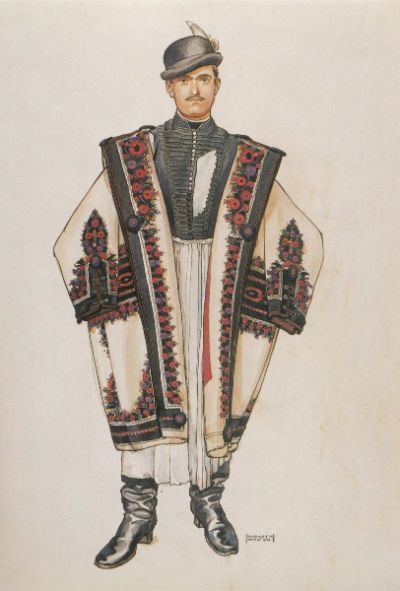
In addition to the artefacts, we also maintain a data repository of nearly 4000 items, a diapositive archive containing more than 5000 pieces, as well as audio and video recordings. A significant part of these is now available in a digitalised form.
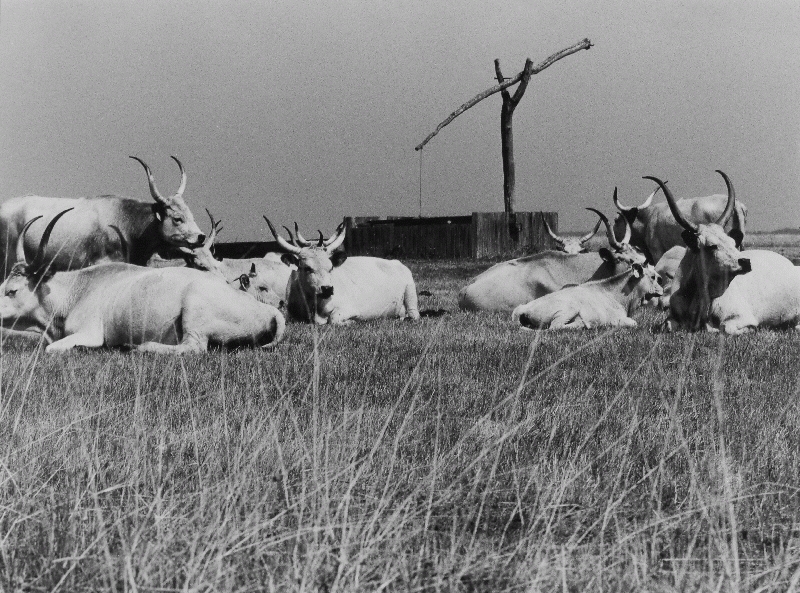
Currently, the inventory of the collection also includes the source-valued analogue photographs of Jenő Nagy, taken in Hortobágy in the second half of the 20th century, and his wife's diapositives that were made contemporaneously. We are presently conducting the digitalisation and scientific processing of this collection unit.
Márta Magyari
Click on the picture to open the gallery:
.jpg)